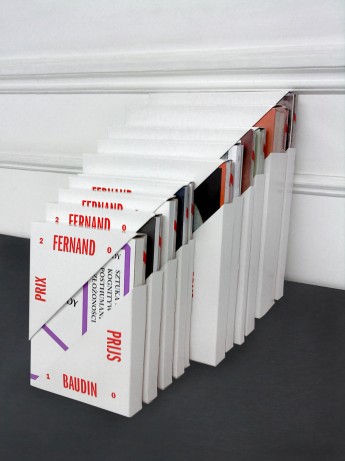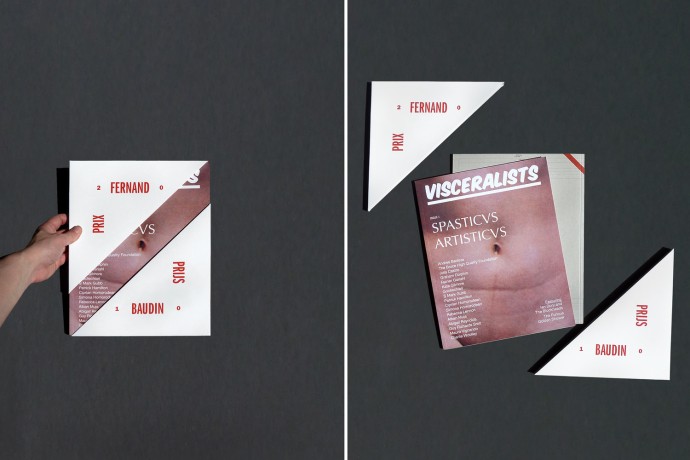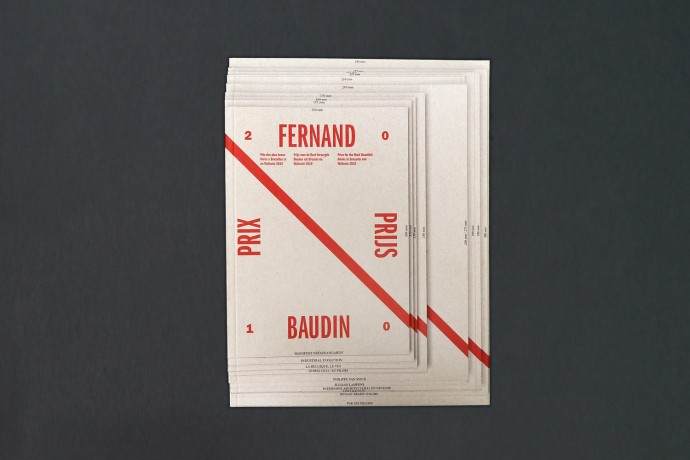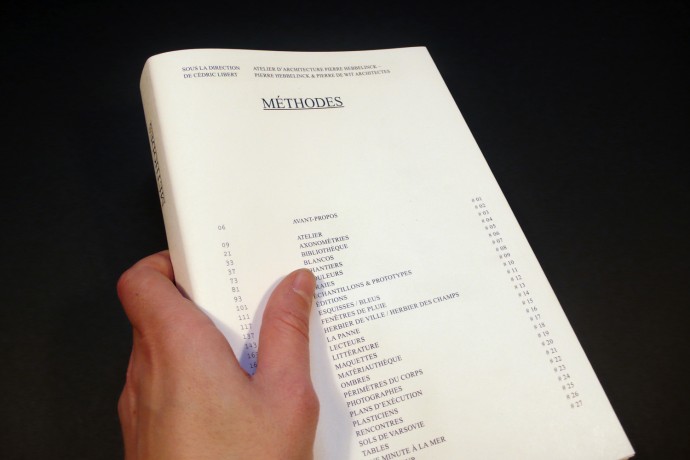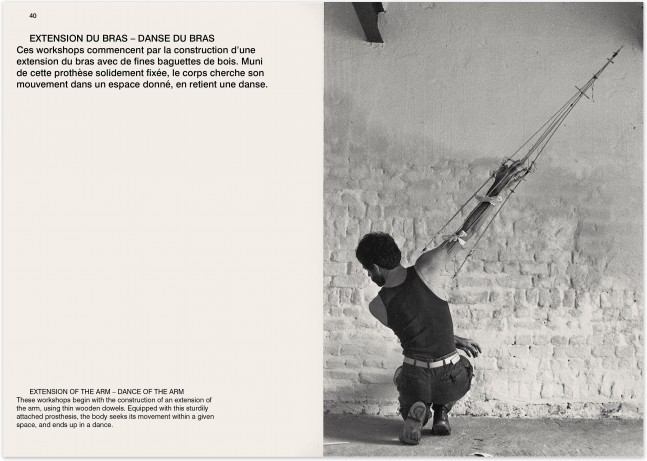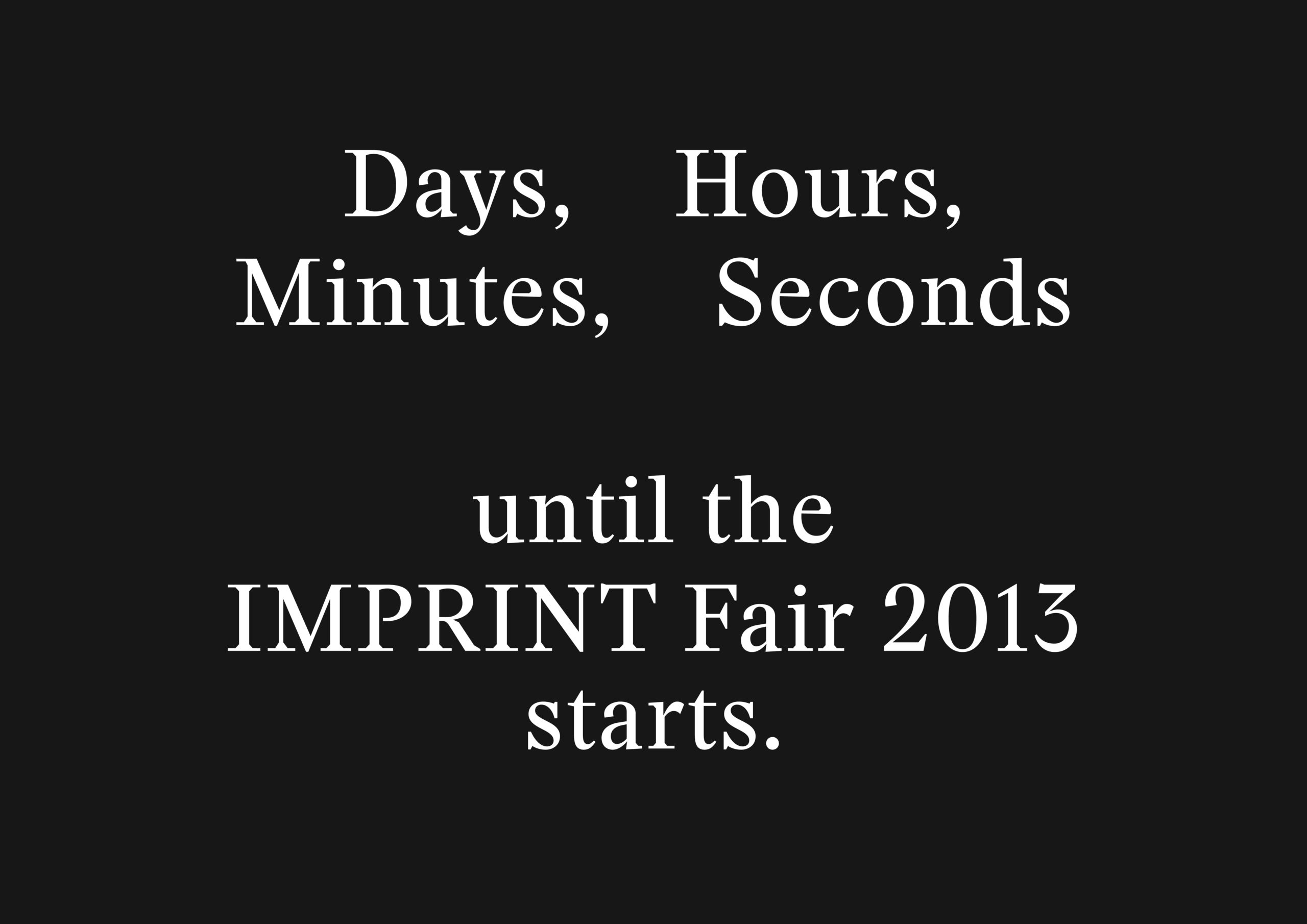Manuela Dechamps Otamendi
Manuela Dechamps Otamendi is a Spanish graphic designer based in Brussels where she has been running her studio since 2006. Her work is marked by the attention for balance between form, content and material (or technique) and has received several international awards. A couple of weeks ago Manuela gave a talk at Integrated2011 design conference in Antwerp where she answered two questions posed by the organizers. She explains us her point of view regarding the ‘designer – artist’ relation and the term ‘originality’. Manuela was so kind to share her answers with us (at read more).
Which flag do you prefer? The artist flag or the designers flag? Or none?
Ever since I was a student and even after that, throughout my professional life, I have always questioned, and have even been bothered by the designer-artist status or more specifically the graphic artist status.
Many people consider that design and art can no longer be separated from one another. The website of the 2007 DesignArt London fair presented the following statement: “today, a good design piece – whether it is a building, a tea kettle or, I would even add, a book or a poster – is considered a piece of art which also happens to have a purpose.” This position may seem entirely defendable but I do not share that point of view. I confess that the image I have of the artist from the 19th century till now a days is much more absolute and clear-cut but nevertheless shared by others. In my opinion, the work of an artist must entirely come from the research and questioning derived from his own artistic approach. He should not take into consideration external expectations or demands and should maintain his full independence.
On the contrary, one of the defining characteristics of design as a profession is specifically the designer/client relationship. Design objects tend to fulfill a rather utilitarian function; this is not the case with art objects: art is often explicitly defined as the opposition to functionality. Through his work, the designer responds to a demand and provides answers to questions he is asked or which he chooses to answer.
Although designers and artists may share a certain vocabulary, the fundamental distinction between a piece of art and a design piece lies within the foundation of their creation, the core reason that brought them to their final state. These foundations are often easily identifiable when looking at the creations in the context of their entire production process throughout time. I do not, however, reject the idea that certain designers may also be artists, but their design work should clearly be distinguished from their artwork even though both practices feed off of each other.
Although a poster can be seen as very artistic just as a painting can be seen as very graphic, the word “artistic” as a qualifier reveals a significant difference to me.
Until recently in my professional life, I was just looking to do my best responding to requests that were made to me – which I think was already an ambitious goal, but in the last 2 years, I became aware of an aspect which now seems to me essential in my work and which has become a prerequisite to any project. This new aspect is the awareness of the designer’s position as an author within the framework of any given mission.
What I mean by “position as an author” is the designer’s specific vision, his own point of view, his own perspective on the subject matter. This vision will be, at the end, expressed through all the choices he is facing (choice of fonts, structure, grids, paper types, etc.).
This position can only emerge and hope to reach a certain level of accuracy if the designer sticks as close as possible to the content, if he places himself at the service of the content.
In order for this to happen, it seems necessary to have a deep understanding of the matter and the subject to be treated and pay close attention to the various actors involved in the project.
At the same time, it is very important to preserve a critical mind as, in some cases, the designer’s vision of the subject matter does not coincide with the client’s vision.
This particular aspect, I believe, is one of the most critical challenges of our profession; succeeding in sharing a vision, in the best cases, or, in the worse cases, accepting the idea of cancelling a project if no common ground can be found. For this reason, some graphic designers always try to work with clients with whom they know they will share or will be able to share a similar position, a single vision.
The term of “position as an author” is much closer to the idea I have of my own contribution to the projects I am involved in and being aware of that allows me to be more comfortable and firmly assertive with the ideas I claim. It seems to me that designers who describe themselves as artists are essentially looking for recognition for their personal contribution to a project and recognition of their own value; however, I think it is important to make a clear distinction between the legitimacy of a position as an author within our mission and an artistic practice. We do not need to be considered artists in order for our personal and critical contribution to be recognized.
Do you mind ‘originality’?
Although originality is a quality I recognize and appreciate, it is not an aspect I consider when making choices in my work. When I try to stick as close as possible to the content, as I mentioned before, the result may happen to be original. But the result may also be extremely conventional or ordinary! The content is what determines the outcome. I’m not afraid of designing books that are not extravagant or complex.
I would far prefer my projects to be defined as accurate than original.
‘Prix Fernand Baudin 2010’
‘Périphériques’
‘Méthodes’
‘FENÊTRE SUR #1’
Manuela Dechamps Otamendi
www.otamendi.eu
